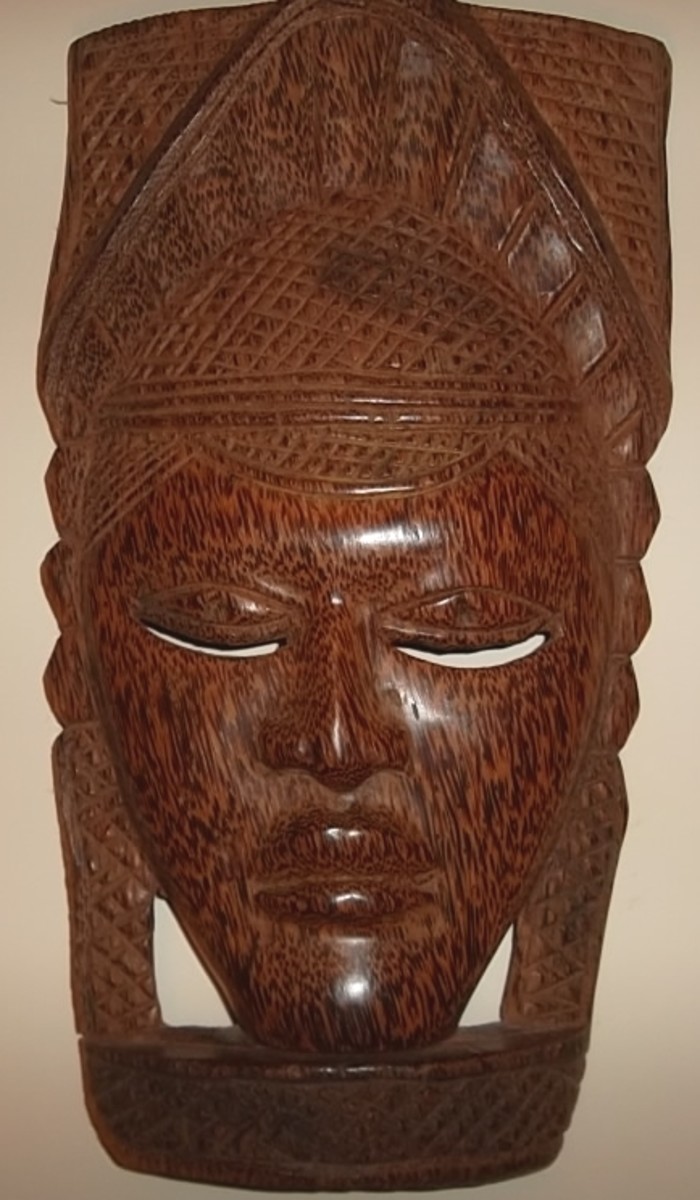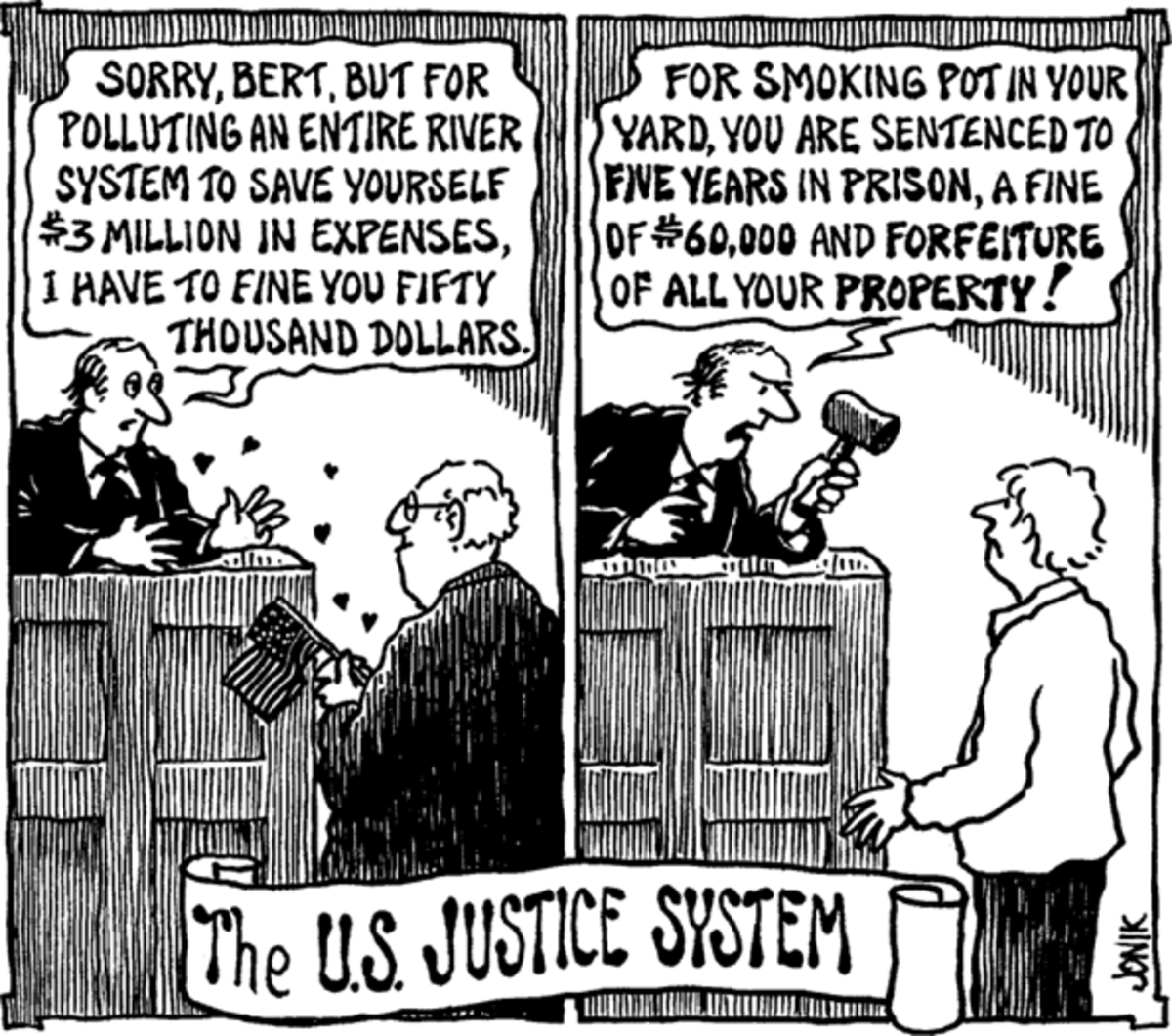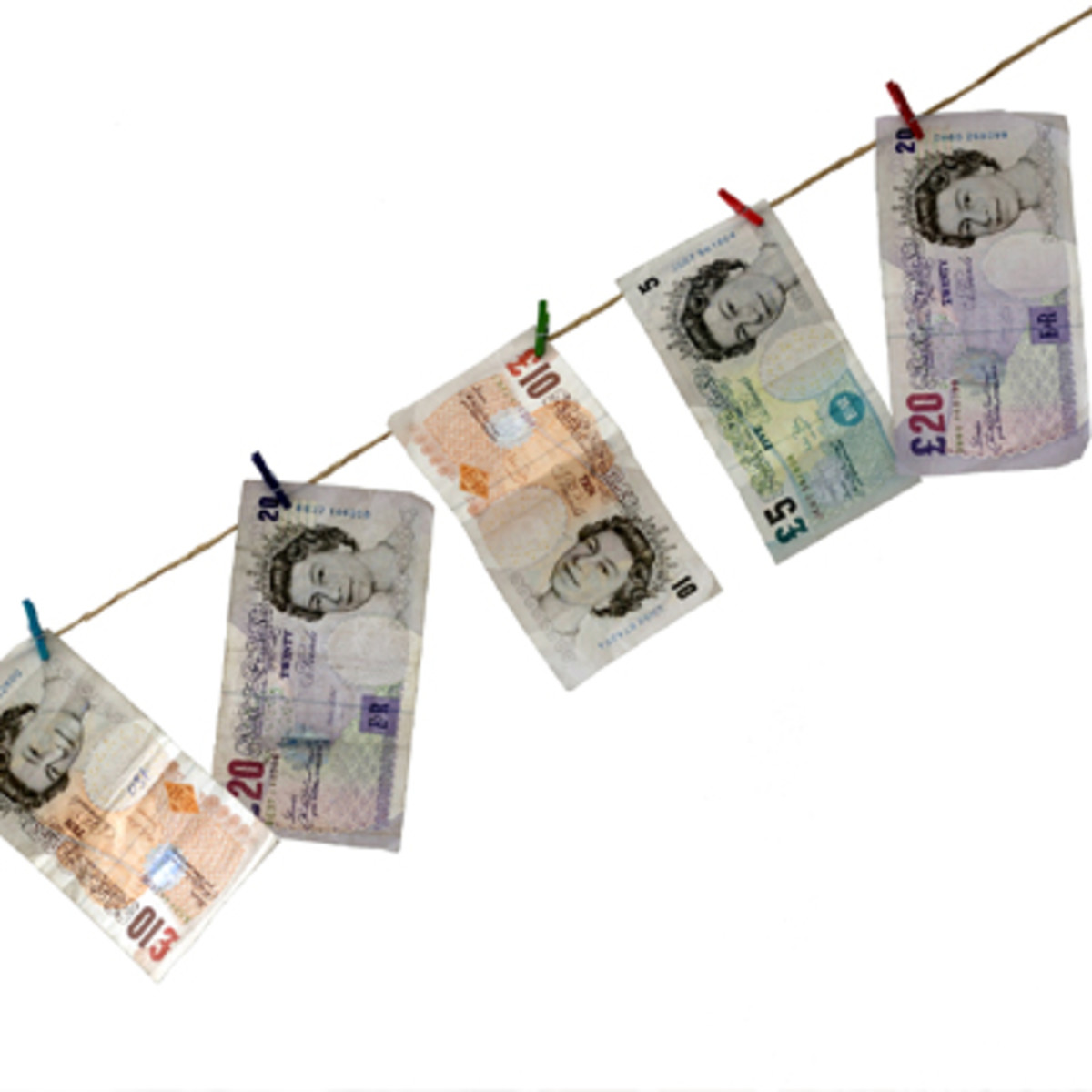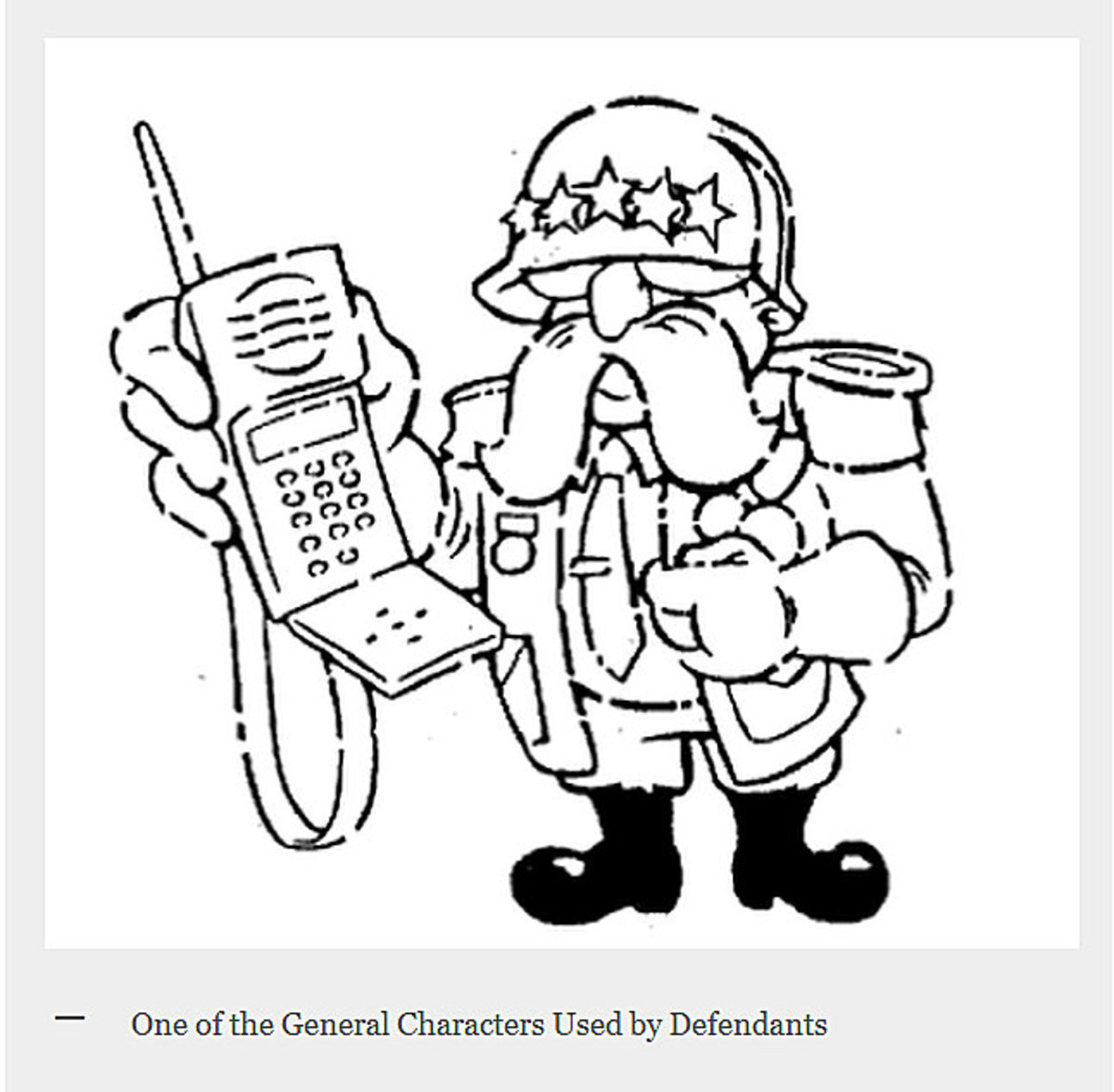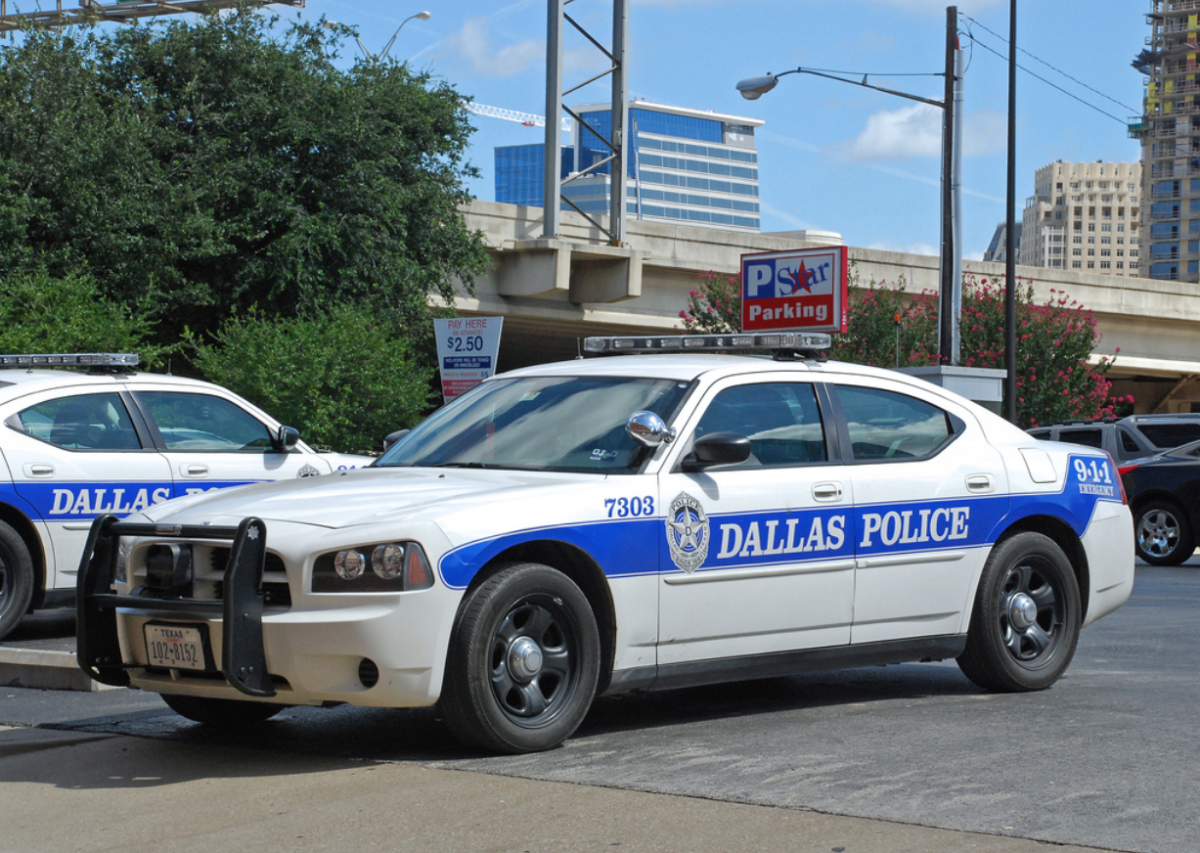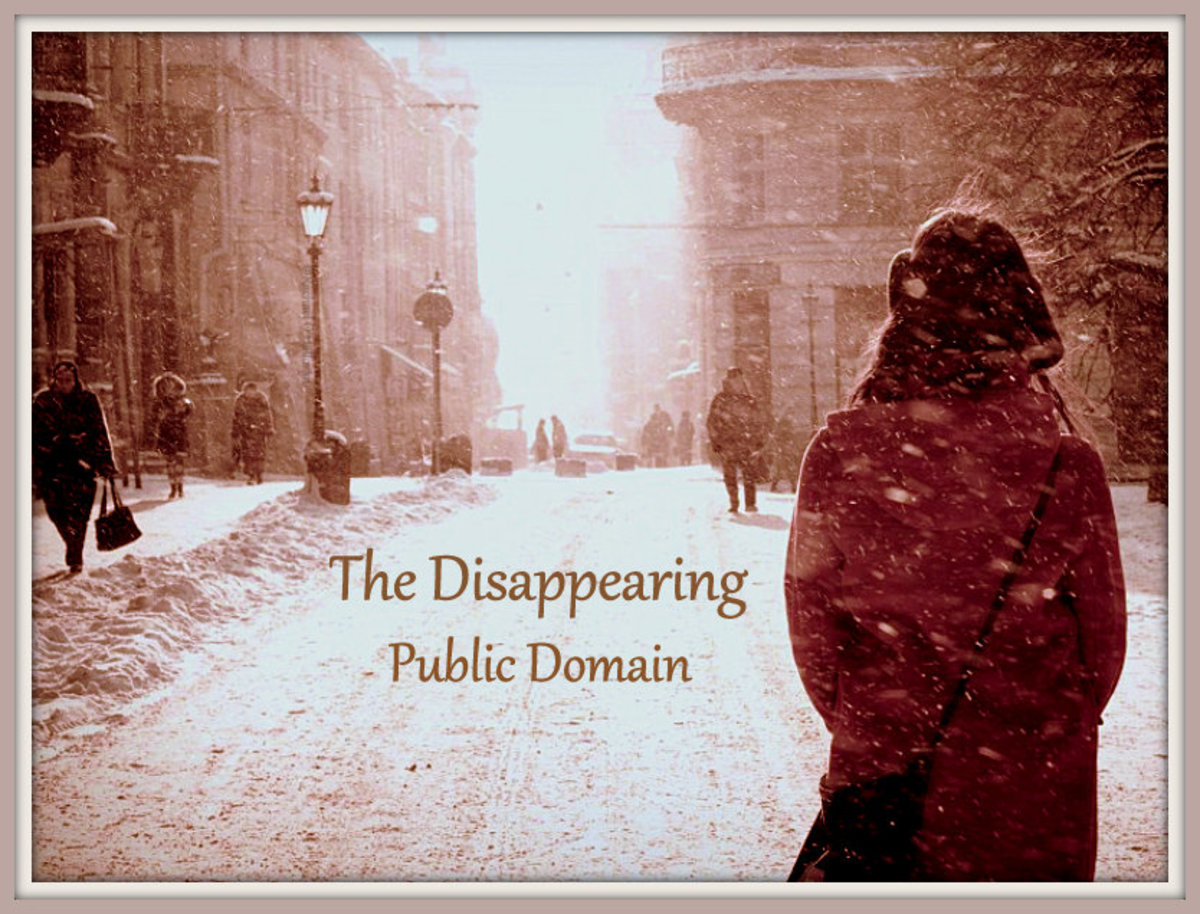Categories of Crime
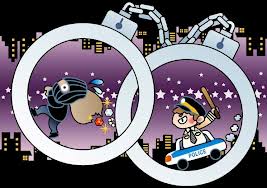
by Amber Maccione
Categories of Crime
There are six main categories for crimes: felonies, misdemeanors, offenses, treason, espionage, and inchoate offenses. All are punishable by law and have the right to a fair trial. As one goes into a criminal justice career, knowing and understanding each of these categories is important.
Felonies are usually seen as the worst of all crimes since they include murder, rape, aggravated assault, robbery, burglary, and arson. Felonies are usually given a letter or number with the charge to rank how severe the criminal offense was. All felonies have prison sentences because the sentence is at least set for a year and a day. Along with your sentence, you may have fines to pay, probation after you get out, and/or community service. When you commit a felony, you lose some of your American privileges such as right to vote, right to bear arms, ability to run for a political office, and the ability to hold certain jobs even if you hold a degree for them (i.e. doctor, police officer) (Schmallegar 2011 p. 120-121).
Misdemeanors include minor crimes such as petty theft, simple assault, breaking and entering, possession of burglary tools, disturbing peace, filing a false crime report, disorderly conduct, and writing bad checks. Misdemeanors usually get jail time of a year or less. Some cases though the defendant just gets fines, probation, and/or community service. The interesting thing about a misdemeanor is that the officer who arrests the defendant has to see the defendant commit the act or has to gather evidence to obtain an arrest warrant. You can not arrest a person suspected of a misdemeanor unless you personally saw him/her do it or have an arrest warrant (Schmallegar 2011 p. 121).
Offenses are sometimes called infractions. They are less severe than a misdemeanor. Examples of offenses would be jaywalking, spitting on the sidewalk, littering, and certain traffic violations. Most of the time the violator would be ticketed and told when to appear in court. They would not typically be arrested. Sometimes the violator can get the court date waived if they pay a fine (Schmallegar 2011 p. 121).
Although most people see the highest offense being a felony and then going down from there, treason and espionage should be seen as the most serious of all crimes. Treason and espionage are felonies, but have their own category because of the seriousness of the crime. To commit treason, you have to be a citizen of that country and you try to overthrow the government. Espionage is when you gather, transmit, or lose important information, which becomes available to your enemies (Schmallegar 2011 p. 121-122).
The last category of crime is inchoate offenses. These can be hard to prove because the crime hasn’t been committed yet. Inchoate offenses are crimes that are being planned or someone has/is attempting to commit. An example of this would be conspiracies. Let’s say you are coming home and intercept an individual who is trying to break into your house. That would be an inchoate offense because they haven’t broken in yet. They are just attempting to. Another example would be a woman who calls up someone to take out their husband. This is a conspiracy to commit murder (Schmallegar 2011 p. 122).
In order to be a crime or violation of the law, there has to be a punishment attached to the law (Schmallegar 2011 p. 126). Punishments for crimes range anywhere from death to “a slap on the wrist”. Felonies usually have the most severe punishments and offenses have the least. If someone commits a murder, depending on age and whether it is first or second degree, manslaughter, etc., someone could get life in prison, a few years, probation, or death. Although we have juries that decide whether a person I guilty or not, the judge is the person that decides the sentences.
There are eleven types of sentences a person can get: death penalty, incarceration, probation, intensive supervision probation, boot camps, house arrest/electronic monitoring, fines, restitution, community service, “scarlet-letter” punishments, and asset forfeiture. Again, a judge is the person who decides the sentence of the guilty, convicted party (CliffNotes.com 2012).
The death penalty, which is upheld in 38 states, is known as capital punishment. Only people who commit first degree murder are eligible to be sentenced to capital punishment (CliffNotes.com 2012).
Incarceration can be either jail or prison, or both depending on how long the trial takes. Jails are used for people with short sentences (less than a year) and for those that are not convicted yet, unable to make bail, persons convicted of misdemeanors, and felons that violated their terms of probation. Prisons are saved for those convicted of felonies and persons that hold a sentence of a year or more (CliffNotes.com 2012).
Probation is used instead of incarcerating a person. They have to report to a probation officer and follow certain rules. Most of the time they can not leave the county that they are fulfilling their probation. If a person violates probation, the person is incarcerated and restarts probation (CliffNotes.com 2012).
There is also probation that is called intensive supervision probation, which requires more supervision than regular probation. Persons on this have to see their officer more and have more requirements to meet (CliffNotes.com 2012).
Boot camps aren’t really used for adult violators. They are mainly saved for juveniles and first time offenders. These programs instill discipline in a person and help them be accountable for their actions. Once a person completes boot camp, they are then sentenced to probation (CliffNotes.com 2012).
Some offenders are sentenced to house arrest where they have to wear an electronic device that monitors their location and movements. Some people can leave their homes during certain times of day to go to work or run errands. There are also some devices that are used for monitoring a person’s breath because they violated using alcohol (CliffNotes.com 2012).
Fines, restitution, and community service are most of the time these are added to something else. Most criminals have fines to pay. Restitution is given when property is stolen or money was involved. And community service is given to have the criminal has hurt the community in some way and needs to give back (CliffNotes.com 2012).
“Scarlet-letter” punishments are used to have the criminal admit his crime and announce to the community what they did. It is used to shame the criminal ad hope that the criminal will not commit the crime again. But people have stated that this type of punishment is not effective (CliffNotes.com 2012).
The last form of sentencing is asset forfeiture, which happens especially when fraud and/or drugs are involved. It involves the government seizing property that was bought with money made from committing a crime (CliffNotes.com 2012).
Understanding types of crimes and the types of sentences is important to someone in the criminal justice field. It helps identify the severity of a crime and know what punishment would be appropriate.
References
CliffsNotes.com. Types of Sentences. Retrieved June 1, 2012, from
http://www.cliffsnotes.com/study_guide/topicArticleId-10065,articleId-
10040.html.
Schmallegar, F. (2011). "Criminal Justice Today: An Introductory Text for the 21st
Century." Ch. 4, pg. 140. Retrieved from
http://online.vitalsource.com/#/books/9780558759933/pages/31792803
Copyright © 2012 http://ambercita04.hubpages.com/



